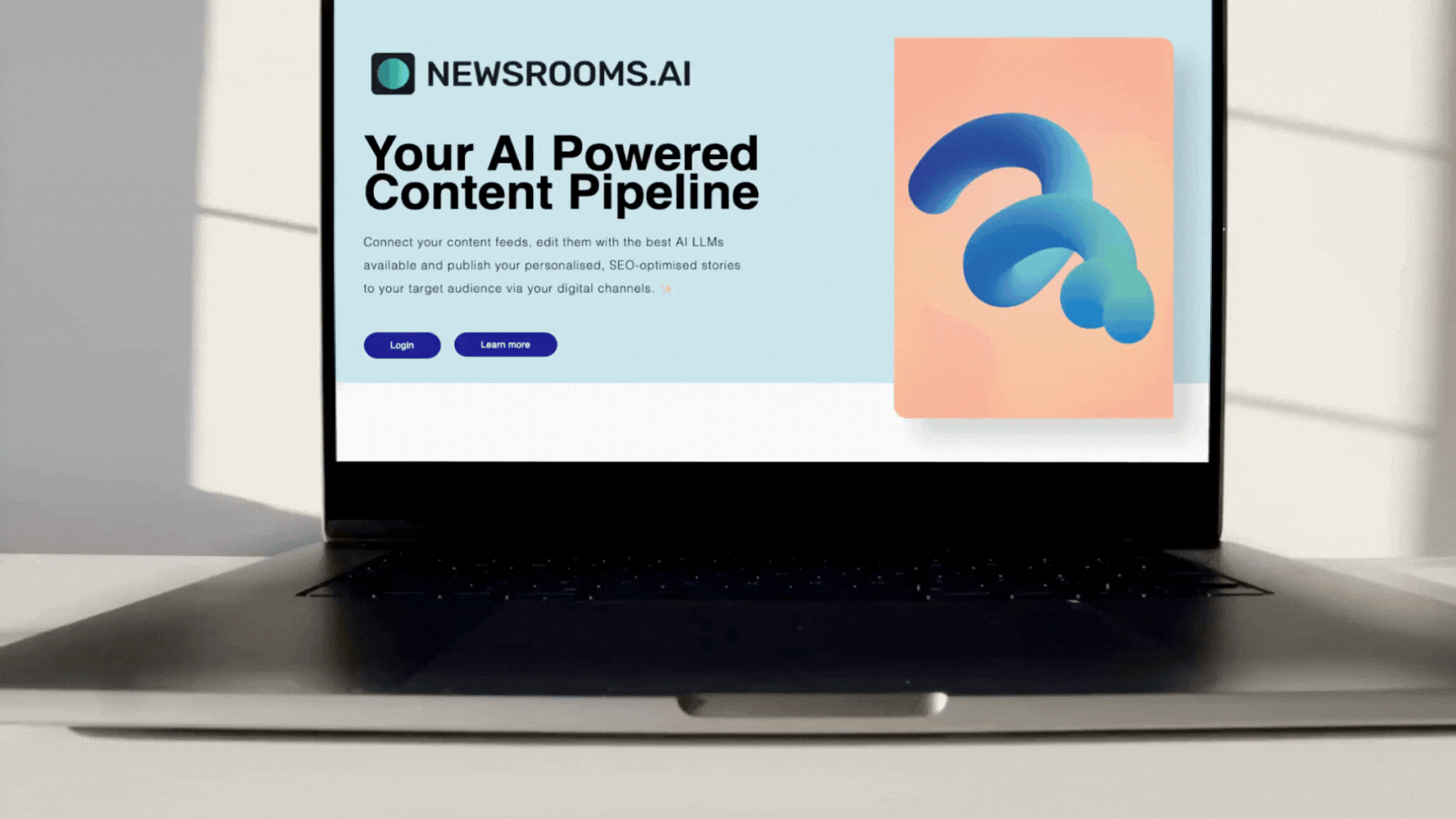The ECB, the Ukraine war and the fear of stagflation

A record inflation rate of 5.8 percent in February, and now on top of that comes the Ukraine war with energy prices soaring. The European Central Bank (ECB) is under enormous pressure to keep its promise to maintain inflation under control. The first-rate hikes are already expected in the USA, and the Bank of England has already taken action.
Today, Thursday, the monetary guardians of the ECB will meet again to determine the next steps in monetary policy. Many observers now see it as critical to leave the key interest rate at the current record low of 0.0 percent. As reported, the Ukraine war has sent oil and gas prices up further, and the first gas stations are already charging more than €2 per liter of fuel. As history reveals, energy prices are the most important driver of inflation. An increase in the key interest rate is considered the most important measure to contain inflation.
But the ECB, which has long viewed inflation as a temporary COVID phenomenon, faces a dilemma. Either it can continue with the risky zero-interest course and thus risk that inflation will continue to rise and the wage-price spiral will begin to turn. “That is the ECB’s biggest concern,” says Fabio Rumler, Lead Economist in the Department of Economic Analysis at the Austrian National Bank, explaining this phenomenon. “If you compensate high price increases with high wage increases, then prices continue to rise again. That would entrench high inflation.”
At the moment it still looks as if the ECB will continue to keep interest rates low. First, the Pandemic Emergency Purchase Program (PEPP) will expire in March, and then APP, the pre-coronavirus Asset Purchase Program, will be scaled back over the course of 2022. Only when the PEPP and APP (many billions of euros are pumped into the market through these programs) have expired can the interest rate hike follow.
“Before interest rates are raised, the purchase programs must be phased out. Otherwise, there would be an inversion of the yield curve, which would be very bad for the banks. The banks do their business with maturity transformation: they take money from deposits in the short term and lend it out in the long term. If they had to pay high-interest rates in the short term and get low-interest rates in the long term, their business model would be dead,” explains economist Rumler.
The danger of stagflation
However, a turnaround in interest rates in the euro area also harbors the risk of stagflation. It is a portmanteau of stagnation and inflation and describes a scenario in which consumers become more cautious while prices continue to rise. If consumers spend less money, this naturally affects the economy, which in turn has a hard time producing as cheaply as before due to the sharp rise in energy and raw material prices. Prices are rising, consumers can afford less, the spiral continues.
Concerns about possible stagflation arose for the first time as early as late summer 2021. People remembered the 1970s: At that time, sharply rising oil prices in the wake of the oil crisis in almost all Western countries caused sharply rising national debts, high unemployment figures, higher prices, and low growth. For this reason, there is already talk of a “decisive meeting” and a “decision day” for the Governing Council of the ECB today, Thursday. ECB President Christine Lagarde will announce further steps in a press conference. We are curious.





























